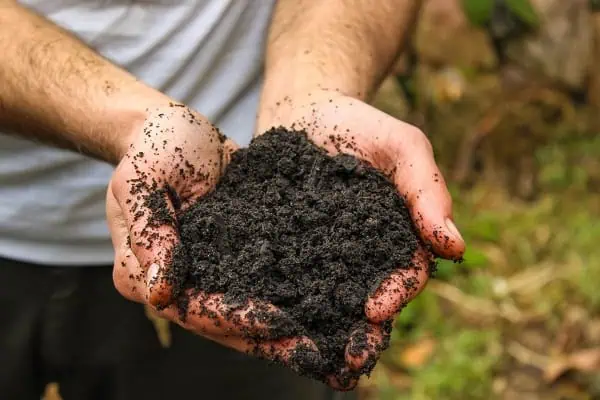“So, is this a boy bush or a girl bush?”
I turned from arranging potted trees, at our weekly Farmer’s Market setup in Dawson, to see a fellow holding up a young haskap berry bush. He was scrutinizing it intently, though what he hoped to see, I’m not quite sure. I launched into my usual spiel on compatibility, in which I tailor the amount of genetics to the amount of confusion visible on the listener’s face. It is a confusing topic; animals keep it pretty simple, but plant sex is quite varied. This is a primer on some of our favourite cultivated berries for the Yukon.
The basic premise of angiosperm (flowering plant) pollination involves a pollen grain and an ovule. One meets the other and presto! let there be fruit. Technically, the ovary that contains the ovule(s) becomes the fruit, and the ovules each become seeds. Anyways, the point is that pollen needs to move from the anthers (pointy feathery bits) within the flower, to the stigma (blunt-tipped pointy bit), through which they get to the ovary.
Sometimes both types of pointy bits grow in one flower (“perfect flowers”); flowers with only pollen or ovule bits are called “imperfect flowers.” In some species, entire plants have only pollen- or ovule-producing flowers (dioecious)—this is where the boy-plant and girl-plant confusion comes from.
The berry crops we are talking about are monoecious, so have both types of pointy bits on the same plant, but some crops will only set fruit if the pollen is sufficiently unrelated to the ovule. Even if they are self-fertile, meaning they can set fruit with their own pollen, crop yields and fruit quality are often higher with cross-pollination from other plants. Clear as mud?
Haskap berries, the hardy bilberry-esque bushes that have become popular in the last 10 years, benefit from hanging out with distant relations; the closest cousins won’t pollinate each other effectively. Matching up the right combinations means knowing the genetic history of each variety, as well as when they bloom. Luckily for us, our short growing season means that almost all overlap, at least a bit.
Most of the varieties available today were bred at the University of Saskatchewan (U of S), relatively recently. Although they were initially released in “pollinator/producer” pairs, this is a misnomer. All the bushes produce fruit, and many of the cultivars released at different times are compatible. Only one, Indigo Gem, is reliably known to be self-fertile.
Keeping track of all of this can be awfully confusing, so we recommend diversity! (And writing down which varieties you plant, for future reference.) If you have space for five bushes, try four or five different types. This gives a longer window for picking, as the berries ripen at different times; and for pollination, which reduces the risk of hitting bad weather and low numbers of pollinators, like bees flying. For a chart on the mutual compatibility of all the haskaps, check out the U of S website—or call us.
This brings up another point—how does the pollen get moved around? The berries we grow (eg: haskap, saskatoon, blackcurrant, raspberry) rely on insect pollination to move pollen from plant to plant, bloom to bloom; or, in the case of self-fertile sour cherries and saskatoons, even from anthers to stigma within the same flower. We are constantly amazed at the tenacity of our wild bumblebees—they will fly in weather that would ground a seasoned bush pilot. Growing other plants that provide food for pollinating insects, like bees, can attract them to your yard.
Back at the market, this has all got me musing on the growing recognition of the non-duality of gender when it comes to our own species. I apply m/f gender to my trees all the time: She’s got lots of fruit; he’s got a lovely form. Perhaps that’s outdated. It’s definitely animal-centric. I think I’ll go sit under one of them and ask … maybe they will tell me what they like to be called.
Summary of berries
- Haskaps—need at least two bushes of compatible varieties
- Saskatoons—one bush will do
- Blackcurrants—one bush is okay, but better with two; can be the same variety
- Raspberries—self-fertile, but insect pollination required for good yields and well-formed fruit
- Sour cherries—self-fertile, though two different varieties can increase yield




